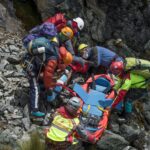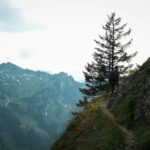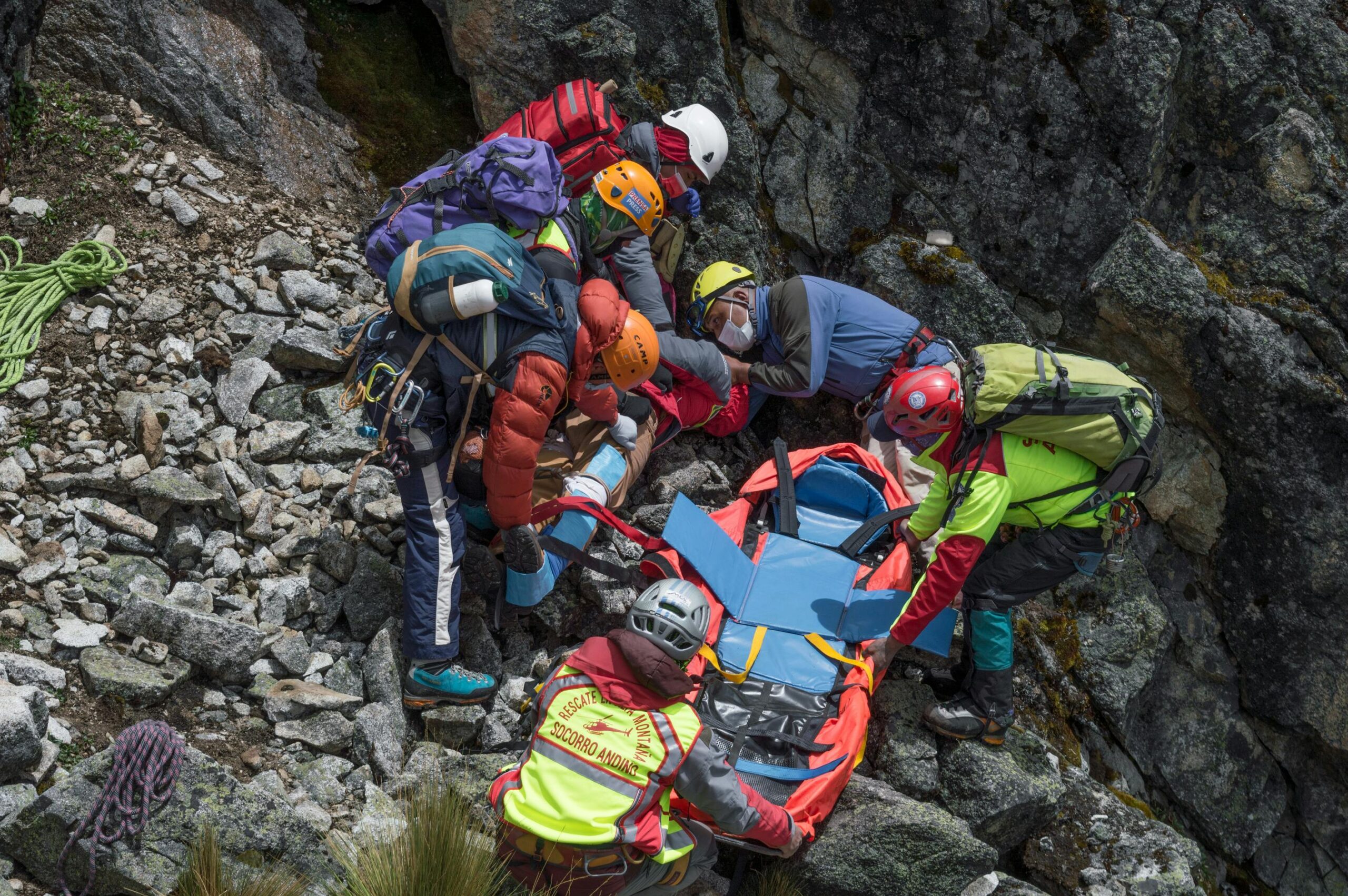Enhanced Regulations for Backcountry Camping Implemented in National Parks
Introduction
National parks in the United States and Canada are implementing stricter regulations for backcountry camping to protect the natural environment and manage increasing visitor numbers. These regulations aim to minimize the impact of human activity on the wilderness and ensure a safe and memorable experience for all visitors. Understanding and adhering to these regulations is crucial for preserving the natural beauty of these areas for future generations.
Key Regulations and Guidelines
Permits and Planning
- Mandatory Permits: In many parks, such as Jasper National Park in Canada, backcountry camping permits are mandatory. These permits can be obtained by contacting the park’s information service and providing a detailed itinerary.
- Designated Camping Areas: In U.S. national parks like Mammoth Cave, camping is only allowed at designated backcountry campsites and along floodplains more than ½ mile away from ferry crossings or developed campgrounds.
Environmental Considerations
- Distance from Water Bodies: Camps must be set up at least 70 meters from water bodies to prevent contamination and protect wildlife habitats.
- Fire Restrictions: No fires are permitted in random camping areas in Jasper National Park, and similar restrictions apply in other parks to prevent wildfires and protect the environment.
Zero Impact Camping Practices
- Leave No Trace: Visitors are encouraged to follow Leave No Trace principles, which include packing out all waste, not damaging vegetation, and keeping campsites odor-free.
- Waste Management: Proper disposal of human waste and food waste is essential to prevent attracting wildlife and contaminating water sources.
Practical Tips for Responsible Backcountry Camping
- Plan Ahead: Research the park’s regulations and obtain necessary permits before your trip.
- Respect the Environment: Follow Leave No Trace principles and adhere to fire restrictions.
- Be Prepared: Bring appropriate gear and know how to manage human waste and food waste properly.
Conclusion
Enhanced regulations for backcountry camping are essential for protecting the natural environment and ensuring a safe and memorable experience for all visitors. By understanding and adhering to these regulations, outdoor enthusiasts can contribute to preserving the natural beauty of national parks for future generations.
References:
- Parks Canada. (2024, October 9). Random camping – Jasper National Park. https://parks.canada.ca/pn-np/ab/jasper/activ/passez-stay/arrierepays-backcountry/sugg-sentiers_trip-ideas/camping-sauvage-random
- New York State Department of Environmental Conservation. (2024, November 1). Adirondack Backcountry. https://dec.ny.gov/things-to-do/hiking/adirondack-backcountry
- National Park Service. (2024, October 23). Camping Regulations – Mammoth Cave National Park. https://www.nps.gov/maca/planyourvisit/campingregulations.htm
- Cinders Travels. (2024, October 21). What is Boondocking? A Detailed Guide. https://www.cinderstravels.com/what-is-boondocking/
- Four Wheel Campers. (2024, October 21). Which National Parks Require Reservations or Timed Entry in 2025?. https://fourwheelcampers.com/which-national-parks-require-reservations-or-timed-entry-in-2025/










